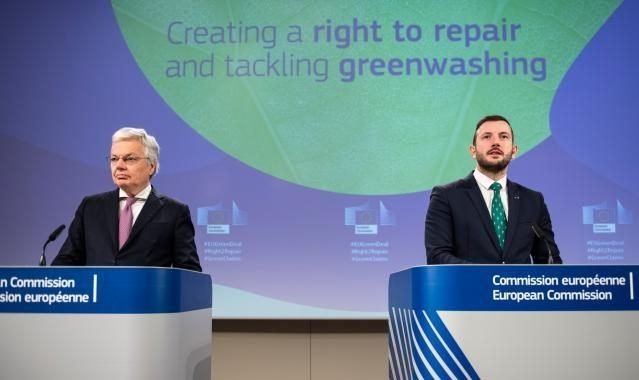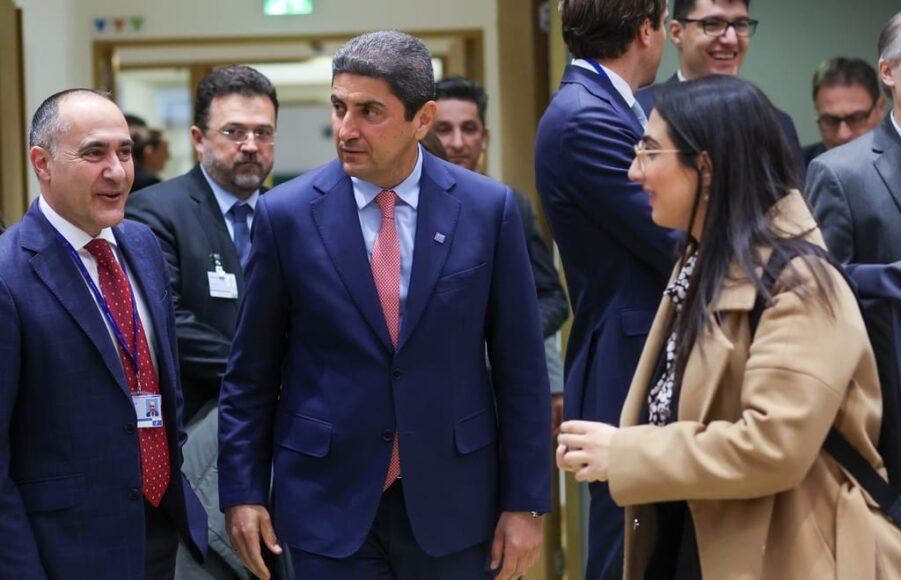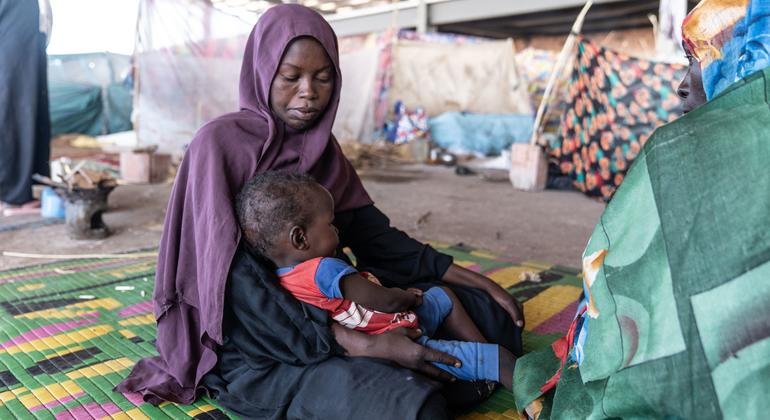The UN Secretary-General called for a reassessment of landlocked nations’ development, emphasizing that “geography should never define fate.” Of the 32 landlocked developing countries (LLDCs) globally, 16 are in Africa, 10 in Asia, four in Europe, and two in Latin America, housing over 500 million people collectively.
UN Chief Guterres highlighted the “intimidating challenges” LLDCs face, including high trade barriers, expensive transport costs, and limited market access, noting their growing debt burden. Though LLDCs make up seven percent of the global population, they contribute just over one percent to the world economy and trade, exemplifying deep inequalities rooted in an outdated financial system and colonial legacies.
The conference, known as LLDC3, aims to address these issues, launching a new decade of ambition with the Awaza action program, adopted by the UN in December 2024. Guterres outlined four priorities: economic diversification and digital transformation, strengthening trade and connectivity, advancing climate resilience, and mobilizing funding and partnerships.
He stressed LLDCs’ success as vital for the 2030 agenda, urging global cooperation. At the conference, Turkmenistan’s President, Serdar Berdimuhamedov, highlighted initiatives on health care, climate action, and dealing with regional challenges like the Aral and Caspian Seas’ water levels.
General Assembly President Philemon Yang called for decisive action and multilateralism, emphasizing UN Charter values and addressing LLDC vulnerabilities. An International Awareness Day for Landlocked Developing Countries was proclaimed for August 6.
Lok Bahadur Thapa, President of the UN Economic and Social Council, underscored the need for an ambitious Awaza action plan to turn vulnerability into opportunity for over 570 million people, stressing infrastructure investment, climate finance, and regional cooperation.
LLDC3 continues with discussions on connectivity, transport, cooperation, and youth, with more coverage available.














Leave a Reply